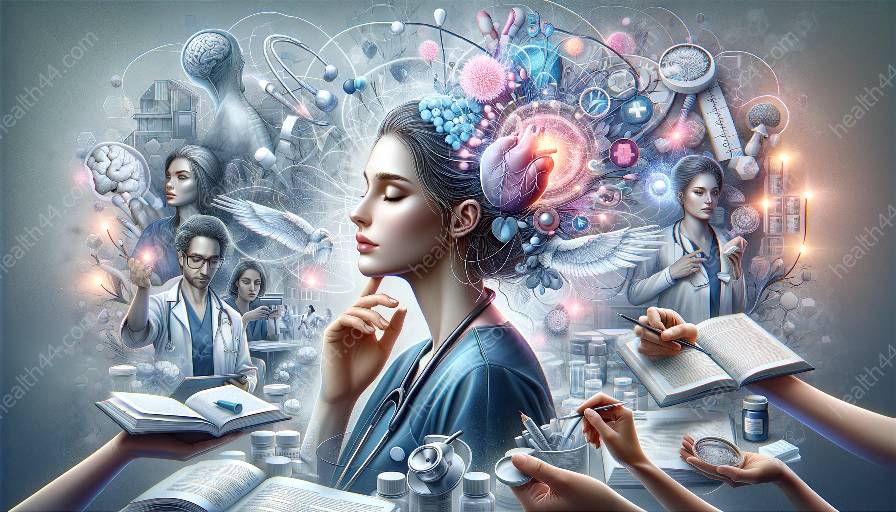The human body consists of several major systems that work together to maintain homeostasis and keep the body functioning optimally. Understanding the anatomy and physiology of these systems is essential for healthcare professionals, including those in medical terminology and nursing. Let's delve into the intricate details of the major body systems, including the nervous system, cardiovascular system, respiratory system, digestive system, and musculoskeletal system.
Nervous System
The nervous system is a complex network of nerves and cells that transmit signals between different parts of the body. It is divided into the central nervous system (CNS) and the peripheral nervous system (PNS). The CNS consists of the brain and spinal cord, while the PNS includes all the nerves outside the CNS. The nervous system is responsible for controlling bodily functions and responding to external stimuli, as well as enabling consciousness, perception, and voluntary and involuntary actions.
Cardiovascular System
The cardiovascular system, also known as the circulatory system, is composed of the heart, blood, and blood vessels. Its primary function is to transport oxygen, nutrients, hormones, and waste products throughout the body. The heart pumps blood, which is carried by arteries and capillaries to the various tissues and organs, and then returns to the heart through veins. This system is essential for maintaining blood pressure, regulating body temperature, and supporting the immune system.
Respiratory System
The respiratory system is responsible for the exchange of oxygen and carbon dioxide between the body and the environment. It includes the nose, pharynx, larynx, trachea, bronchi, and lungs. The process of breathing involves inhaling air through the nose or mouth, passing it through the respiratory tract, and exchanging gases in the lungs. The respiratory system also plays a crucial role in regulating the body's acid-base balance and eliminating waste products.
Digestive System
The digestive system processes food, extracts nutrients, and eliminates waste. It consists of the mouth, esophagus, stomach, small intestine, large intestine, liver, and pancreas. Digestion begins in the mouth with the mechanical and chemical breakdown of food, then continues in the stomach and small intestine through the action of enzymes and gastric juices. Nutrients are absorbed into the bloodstream, and waste products are eliminated as feces.
Musculoskeletal System
The musculoskeletal system provides the body with support, protection, and movement. It is composed of bones, muscles, tendons, ligaments, and connective tissues. Bones serve as the framework for the body, protecting vital organs and providing attachment sites for muscles. Muscles are responsible for voluntary movements, while tendons and ligaments help stabilize joints and facilitate movement. The musculoskeletal system also plays a role in producing blood cells and storing minerals.
Conclusion
Understanding the anatomy and physiology of the major body systems is crucial for healthcare professionals, including those in medical terminology and nursing. It provides the foundation for diagnosing and treating various conditions, as well as promoting overall health and wellness. By comprehensively exploring the intricate details of the nervous, cardiovascular, respiratory, digestive, and musculoskeletal systems, healthcare providers can better serve their patients and contribute to the advancement of medical knowledge and practice.
- Facilitates Understanding: Explore the anatomy and physiology of major body systems in a comprehensive and accessible manner, suitable for medical terminology and nursing.
- Informative Content: Delve into the intricate details of the nervous, cardiovascular, respiratory, digestive, and musculoskeletal systems to gain a deeper understanding of their functions and interrelationships.
- Relevance to Healthcare: Understanding the major body systems is essential for healthcare professionals, providing the foundation for diagnosing and treating various conditions and promoting overall health and wellness.


